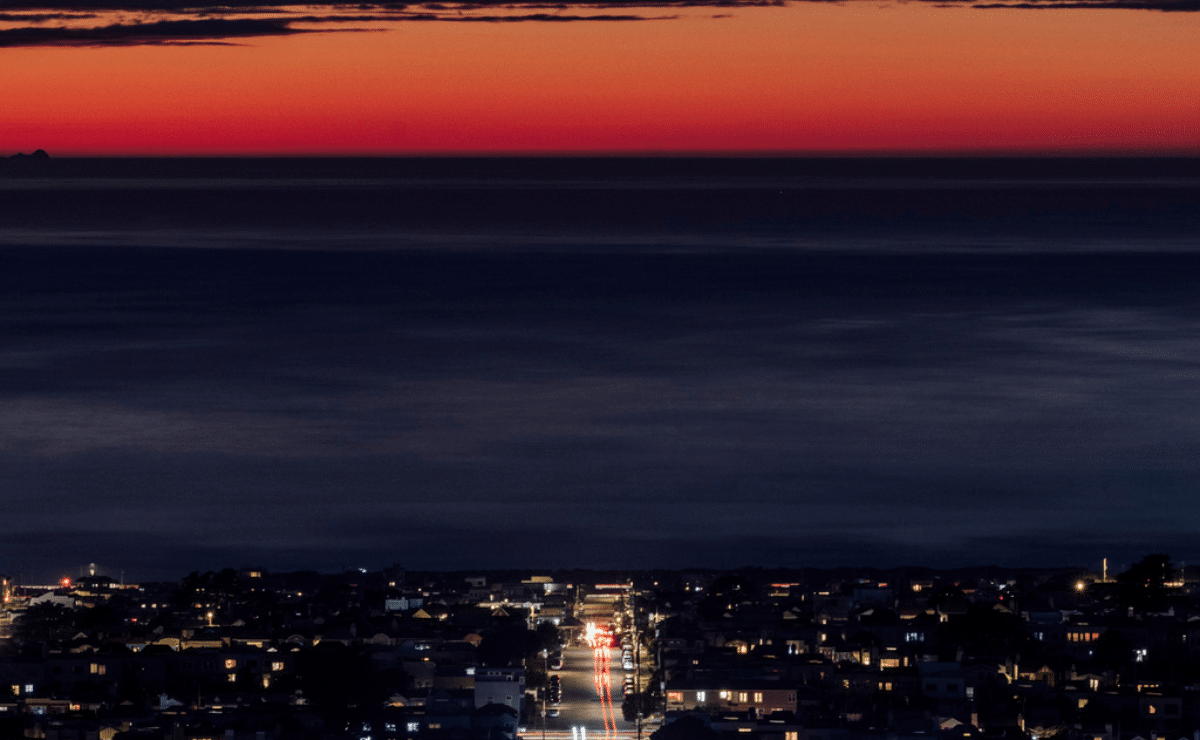The winter solstice is almost here, the Northern Hemisphere’s darkest day

Vehicles travel along a street at sunset on the winter solstice in San Francisco, Thursday, Dec. 21, 2023. (Stephen Lam/San Francisco Chronicle via AP, File)
The winter solstice is Saturday, bringing the shortest day and longest night of the year to the Northern Hemisphere — ideal conditions for holiday lights and warm blankets.
For those who would rather have more sunlight, you can try to make your way to the Southern Hemisphere, where it is summer. Or be patient: Starting Sunday, days will get a little bit longer in the Northern Hemisphere every single day until late June.
These annual changes in sunlight as the Earth revolves around the sun have been well known to humans for centuries. Monuments such as Stonehenge in England and the Torreon at Peru’s Machu Picchu were designed in part to align with solstices.
Here’s what to know about how the Earth’s march around the sun splits up the year.
What is the solstice?
As the Earth travels around the sun, it does so at an angle. For most of the year, the Earth’s axis is tilted either toward or away from the sun. That means the sun’s warmth and light fall unequally on the northern and southern halves of the planet.
The solstices mark the times during the year when the Earth is at its most extreme tilt toward or away from the sun. This means the hemispheres are getting very different amounts of sunlight — and days and nights are at their most unequal.
During the Northern Hemisphere’s winter solstice, the upper half of the Earth is tilted away from the sun, creating the shortest day and longest night of the year. The winter solstice falls between December 20 and 23..
Meanwhile, at the summer solstice, the Northern Hemisphere is toward the sun, leading to the longest day and shortest night of the year. This solstice falls between June 20 and 22.
What is the equinox?
During the spring and fall equinoxes, the Earth’s axis and its orbit line up so that both hemispheres get an equal amount of sunlight.
The word equinox comes from two Latin words meaning equal and night. That’s because on the equinox, day and night last almost the same amount of time — though one may get a few extra minutes, depending on where you are on the planet.
The Northern Hemisphere’s spring — or vernal — equinox can land between March 19 and 21, depending on the year. Its fall – or autumnal — equinox can land between Sept. 21 and 24.
What’s the difference between meteorological and astronomical seasons?
These are just two different ways to carve up the year.
Meteorological seasons are defined by the weather. They break down the year into three-month seasons based on annual temperature cycles. By that calendar, spring starts on March 1, summer on June 1, fall on Sept. 1 and winter on Dec. 1.
Astronomical seasons depend on how the Earth moves around the sun.
Solstices kick off summer and winter. Equinoxes mark the start of spring and autumn.

